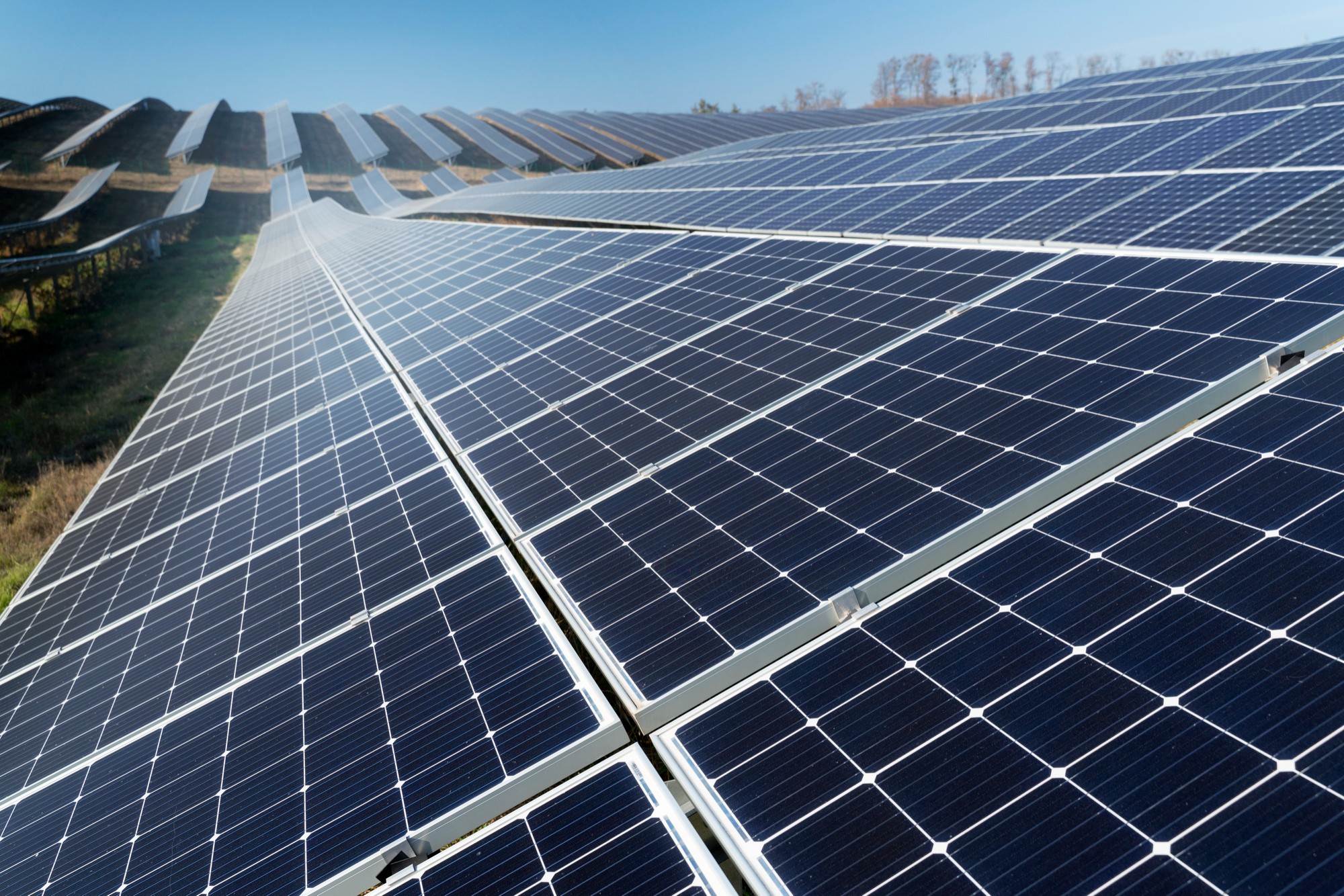Table of Contents
Website speed is critical for web entrepreneurs. You need to keep in mind that there isn’t any room to compromise on the speed of a website as it is the baseline of user experience. If your website has a low speed, then it would be one of the most frustrating things that your user will ever come across. If your website has a low loading speed, then there are likely chances that your bounce-back rate will increase and result in lower engagement and conversion. Therefore, it is essential to give a better user experience to the users. By decreasing the loading speed, you would be able to retain the users and improve overall your conversions and sales. However, there is also a need to engage the users by retaining them through providing visual content, but high quality often leads to large file sizes. It has certainly an adverse impact on the loading speed. You cannot just simply eliminate visual content from your platform. Images are one of the most influencing factors that increase the site’s loading speed. In this regard, you would have to optimize the images accordingly. You can use an image compressor for this purpose for making sure that your visuals are optimized. In this post, we will try to explain how images have an impact on the site’s loading speed and how you can optimize the images to decrease page loading speed.
How Visuals Have an Impact on Site’s Loading Speed and Performance?
According to a survey, the images are the ones that account for more than a quarter of a webpage’s total size. The server is under pressure when it comes to the loading of media files. Every single second is important when it comes to the loading speed of a webpage. If your website is taking too long to load, then it is sure that you are providing a poor user experience. Apart from the users, the search engines also have a zero-tolerance policy for sites that have a high loading speed. If your website contains optimized images, then they will be easy to be crawled and index. It will also help you in ranking high on the search engine. Along with that, you would also be being able to reduce the incurring cost that the hosting service providers charge for the consumption of the bandwidth. If the images are of small- size, then your webpages will become lighter, and the communication between the server and the browser will become faster, which will lead to the loading of content at a faster rate. Therefore, it is suggested to compress image sizes for deriving better results and increase your site’s loading speed.
Read Also: 4 steps to developing a rock-solid Facebook marketing strategy
Ways to Optimize Visuals for Increasing Site’s Loading Speed
Now, there is no need to choose between high-quality and low-quality visuals. If you have the right tools and best approach, you can get on with high-quality images. Below you will find some ways to optimize your website images to avoid speed issues.
Compress Image Size
It is a better way to compress images before uploading them to your site’s media library. It means that you will be resizing the dimensions and adjusting the quality through compression. The quality of the images isn’t compromised when you compress their size. Along with that, it will also help you in boosting the site’s loading speed. The lighter the images are the faster it will help you in loading the webpages. You can compress image size before uploading through an online image compressor. In addition, image compression is generally categorized into two segments. The first one is lossy compression, it is about compressing a file, but some of the data is lost. There is another way, which is lossless compression, in which all image data is intact and retrievable, and the image compressor helps in this regard. They compress images without disturbing the quality or losing the data which is present in them.
Choose Right Image Format
You also need to rightly choose the file format. If you choose the right format, then the weight of a webpage will be decreased. There are generally four types of image formats used worldwide. Below you will come across the list of the most popular formats.
- JPEG
- PNG
- WebP
People generally use PNG and JPEG for the images they share over the web. It is among the few formats that help you in managing your visual content.
Final Words
Your site needs fully optimized for coping with the market. There is a need to work on the site’s loading speed, as it is a part of core web vitals. If your site’s loading speed isn’t good enough, then it can harm the performance. It will also have an adverse impact on your site’s UX and SEO. In this post, we have seen how images can have an impact on your site’s loading speed and how to optimize images for getting better and desired results. You can use the image compressor for optimizing the visuals, but along with that, there is also a need to select the appropriate format to avoid any hassles.



